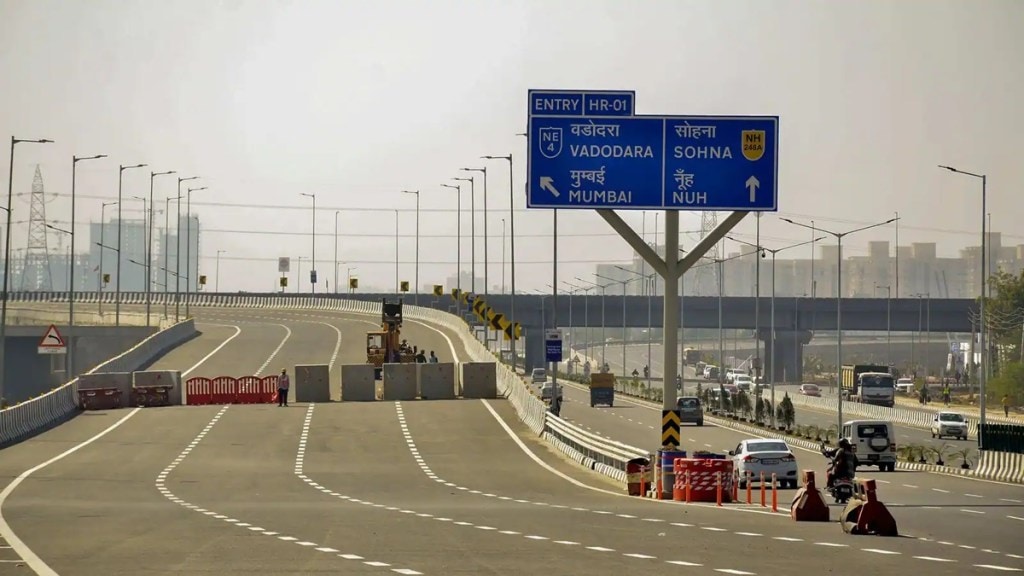We are well aware that road signages play a crucial role in enhancing road safety, guiding drivers, and ensuring a smooth and efficient flow of traffic on national highways and expressways. They are an essential component of a well-designed transportation system that prioritizes safety and convenience for all commuters. Signanges give warnings about upcoming curves, intersections, pedestrian crossings, and other road conditions. Without these signs, drivers may be caught unaware, leading to accidents and collisions.
To avoid such incidents, the Ministry of Road Transport & Highways (MoRTH) has released new guidelines for the provision of signages on Expressways and National Highways. These fresh guidelines are designed to implement best practices as per world standards to offer improved visibility for drivers.
The Ministry has said that it has reviewed the provision of signages as per relevant IRC codes & guidelines, existing practices prescribed in various international codes as well as information and functionality perspective to ensure better compliance of traffic regulations. These guidelines are designed to offer drivers warnings and regulatory information for a seamless and safe journey.
What are the new guidelines?
Some of the features of the guidelines include the placement of signages at an appropriate height and distance, enlarging the letters, and symbols for quick understanding of drivers, even in adverse conditions.
The new signages will endorse a multilingual approach, depicting both English and regional languages. This is definitely going to ensure effective communication with diverse road commuters, and hence, promote better adherence to traffic regulations.
The focus will be on promoting better lane discipline, through strategic positioning with clear and intuitive guidance to drivers, encouraging adherence to designated lanes and minimizing traffic congestion, the Ministry said.
The guidelines, in the initial phase, will be implemented on all upcoming Expressways, National Highways, and Greenfield Corridors. Also, Highways that have a traffic volume of more than 20,000 Passenger Car Units, will also be prioritized for the implementation of these guidelines.
